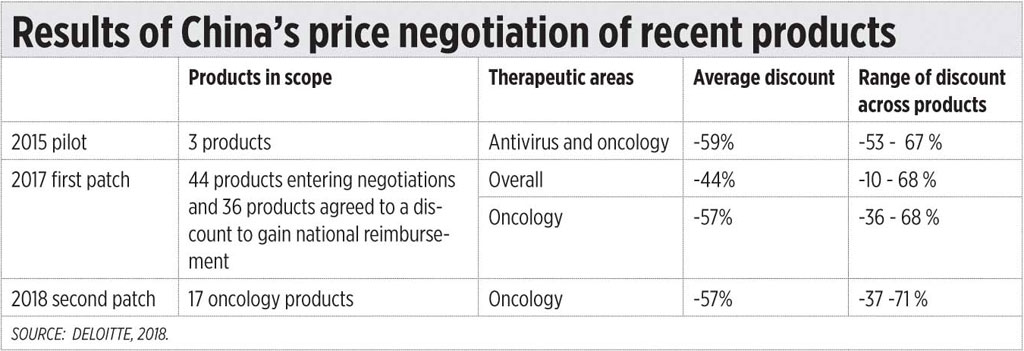In an official statement two weeks ago, the Department of Budget and Management declared that government had enough funds to respond to Taal Volcano’s eruption. Upon further inspection, I found that this is not the case.
See, in the P4.1 trillion national budget, P16 billion was earmarked for calamities under the National Risk Reduction and Management Fund. But out of this amount, P3.5 billion was earmarked for Marawi’s reconstruction and P5 billion was appropriated for repairs following the earthquake that hit Davao last year. In other words, there is only P7.5 billion left in the fund and this must be made to suffice not only for Taal’s relief but also for all other disasters that may befall the country this year.
True enough, government is already running low on resources. While Taal’s evacuees have been provided with basic food and shelter, government is falling short on medicines and medical care, water supply, electric generators, etc. It is not clear how the state will finance the resettlement cost of those displaced, let alone reconstruction of the affected areas.
As always, it is the private sector that is filling the gap. Private companies, large and small, have embarked on their own relief operations in the spirit of bayanihan. Interestingly, the conglomerates owned by the very “oligarchs” under attack by this administration are contributing in the biggest way.
Insiders reveal that the owners of the Ayala and Metro Pacific groups have instructed their respective subsidiaries to go all out to assist government in its relief operations.
Within the Metro Pacific Group, Meralco has provided portable electricity generators for most evacuation centers as well as solar powered charging stations. PLDT and SMART are supporting the volunteers of the Metropolitan Manila Development Authority (MMDA), the Red Cross, and Philippine Institute of Volcanology and Seismology (Phivolcs) with load credits and communications support.
Metro Pacific Tollways Corp. is working alongside the Department of Public Works and Highways (DPWH) to clear roads of ash and debris using its own heavy equipment. For its part, the Makati Medical Center has provided 8,000 face masks and 1,500 first aid and hygiene kits to both evacuees and emergency responders. They have also set up free nebulizing stations for those with respiratory problems.
Maynilad has deployed 13 water tankers for the affected communities. Metro Pacific Investments provided 1,000 blankets, 1,000 mats, and 1,500 shirts for the victims. This came with a food truck dispensing hot meals care of TV5.
As for Ayala, its water unit, Manila Water Company, has made available 30 water tankers for the affected communities. It will be refilled when depleted care of another subsidiary, Laguna AAA Water Corp. It has also provided 2,000 five-gallon containers of potable water to various evacuation sites.
Ayala Malls has opened the cinemas of Solenad and Nuvali for those needing shelter. Meanwhile, affected clients of BPI, BPI Family Savings Bank, and BPI Direct BanKo can avail of a 30-day deferred payment window for amortization payments without penalties.
Globe Telecoms is using its reward platform to amass donations for evacuees. Moreover, free wi-fi connection in all four terminals of the Ninoy Aquino International Airport (NAIA) as well select malls in Laguna, Cavite, and Batangas have been set up.
Ayala Motors has donated 10 Kia cargo vans to the local government of Batangas for the relief effort. Ayala Health is offering free medical consultations in its FamilyDOC clinics.
The tremendous contributions extended by the Ayala and Metro Pacific Groups is not for show. They did the same during typhoons Yolanda, Ompong, Lando, and Ondoy. They have contributed too in the reconstruction of Marawi following its siege.
It just proves that these conglomerates, owned by so-called oligarchs, are not enemies of the state. They have proven to be reliable allies of government during national calamities.
In fact, their contributions goes beyond national emergencies. More significantly, they have been government’s partner in national development. Through the years, the Ayalas and Metro Pacific have invested hundreds of billions to modernize the country’s roads and highways, the telecommunication backbone, the development of central business districts, power generation and distribution, health care, banking and, yes, even water distribution.
Its easy for us to take them for granted — but imagine life without 3G and LTE connectivity, without well-maintained expressways, without reliable power, without the Fort and Makati, without world class healthcare services, and without reliable water service. Lest we forget, government had neither the financial resources nor the talent to deliver these facilities to the people.
The point is, the Ayala and Metro Pacific Groups have stepped-up to help in nation building when government could not. This is why it is unfair for them to be singled-out and vilified.
Truth be told, there are worse conglomerates out there whose wealth have been built at the expense of the general public and/or illegal operations. They should be the ones attacked first.
Consider the owners of banks whom are scot-free even if they duped their depositors of their life’s savings. Consider the owners of real estate companies who left scores of buildings unfinished without refunding their buyers. Consider the owners of pre-need companies who left their policy holders high and dry. Consider the billionaires who amassed wealth through illegal gambling or land grabbing,
With so many dubious conglomerates and businessmen out there — I find it puzzling that two of the country’s most respected ones are being singled out.
I would hate to think that this is all politically motivated because if it is, then this administration reveals itself as being more petty and vengeful than everyone thought. Neither would I like to think that this attack stems from the fact that the Ayalas and Manny Pangilinan are poster children of Imperial Manila’s elites. In other words, educated, genteel, proper, hard working, and business savvy. If this is the case, then the attack has nothing to do with injustice but everything to do with personal bias.
I think the Ayalas and Metro Pacific have already been put in their place what with the renegotiation of their water contracts and the losses of hundreds of billions that will result from this. It is punishment enough for whatever “sins” they have committed. I say, let them be so they can focus on helping government build the nation. Instead, let the ire of the administration be channeled to the many dubious and corrupt businessmen out there who truly deserve it.
Andrew J. Masigan is an economist.







